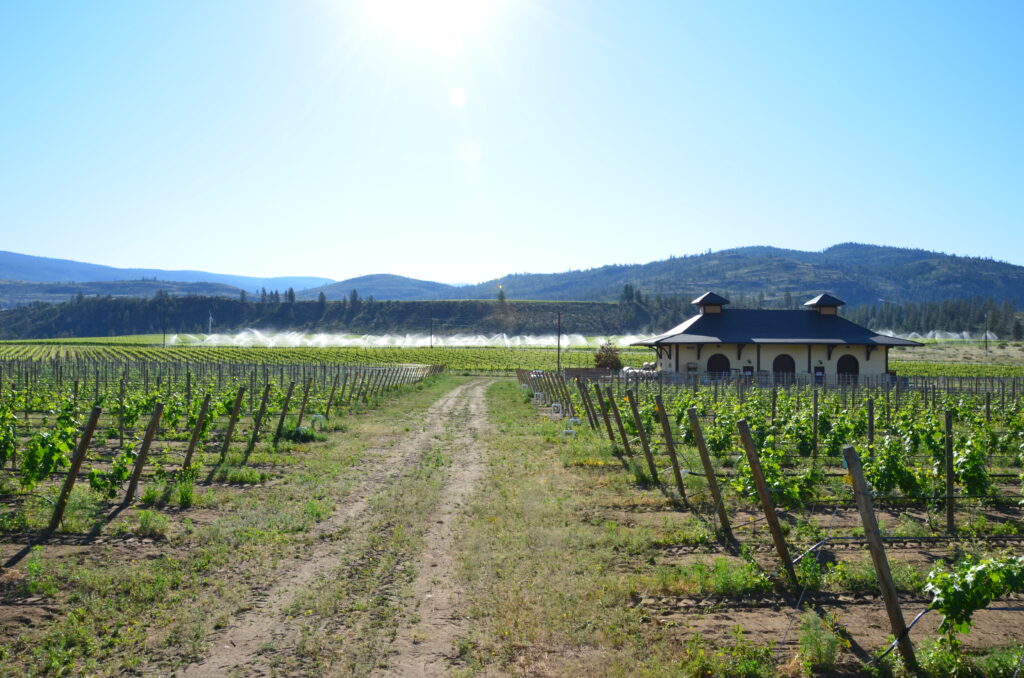
Sun exposure is a key factor that influences the quality and flavor of wine. It affects the grapes during the growing season, as well as the wine after it is bottled. In this article, we will explore how sun exposure impacts wine-making and how to avoid its negative effects.
Sun exposure is essential for grape ripening, as it provides heat and light for photosynthesis. Photosynthesis is the process by which plants convert carbon dioxide and water into sugars and oxygen. Sugars are the main source of energy for the grapes and determine their sweetness and potential alcohol level. Sun exposure also affects the acidity, tannins, and color of the grapes, which are important components of wine structure and taste.
However, too much sun exposure can be detrimental to winemaking. Excessive heat can cause the grapes to lose water and shrivel, resulting in lower yields and overripe flavors. Too much light can also damage the grapes by burning their skins or causing sunburnt aromas. Moreover, sun exposure can harm the wine after it is bottled, especially if it is stored in clear or green glass containers. This is because ultraviolet (UV) rays can trigger chemical reactions that alter the wine’s aroma and taste. This phenomenon is known as light strike.
A light strike occurs when UV rays excite the wine’s naturally occurring riboflavin (Vitamin B2) and pantothenic acid (Vitamin B5). These energized molecules then react with amino acids in the wine, producing sulfur-containing compounds that smell like cooked cabbage, wet cardboard, or wet dog. Light strike can affect both red and white wines, but it is more noticeable in white wines because they have less pigment and tannin to mask the off-odors
To prevent light strikes and other negative effects of sun exposure, winemakers and consumers should take some precautions. For example, winemakers can choose grape varieties that are more tolerant to heat and light stress, such as Zinfandel and Viognier. They can also use canopy management techniques to balance the amount of shade and sun that the grapes receive. Additionally, they can use amber glass bottles or other materials that block UV rays to protect their wines. Consumers should store their wines in cool, dark places away from direct sunlight or fluorescent lights. They should also avoid buying wines that are displayed near windows or under non-LED lights.
Sun exposure is a double-edged sword for winemaking. It can enhance or ruin the quality and flavor of wine depending on its intensity and duration. By understanding how sun exposure affects winemaking and taking appropriate measures to avoid its negative effects, winemakers and consumers can enjoy better wines.
